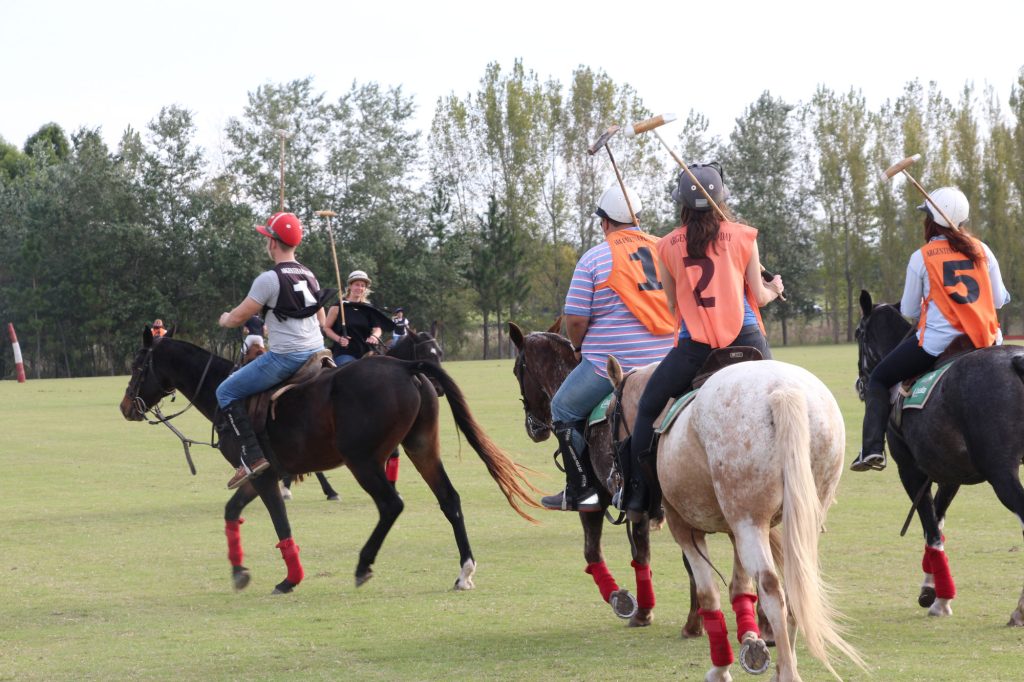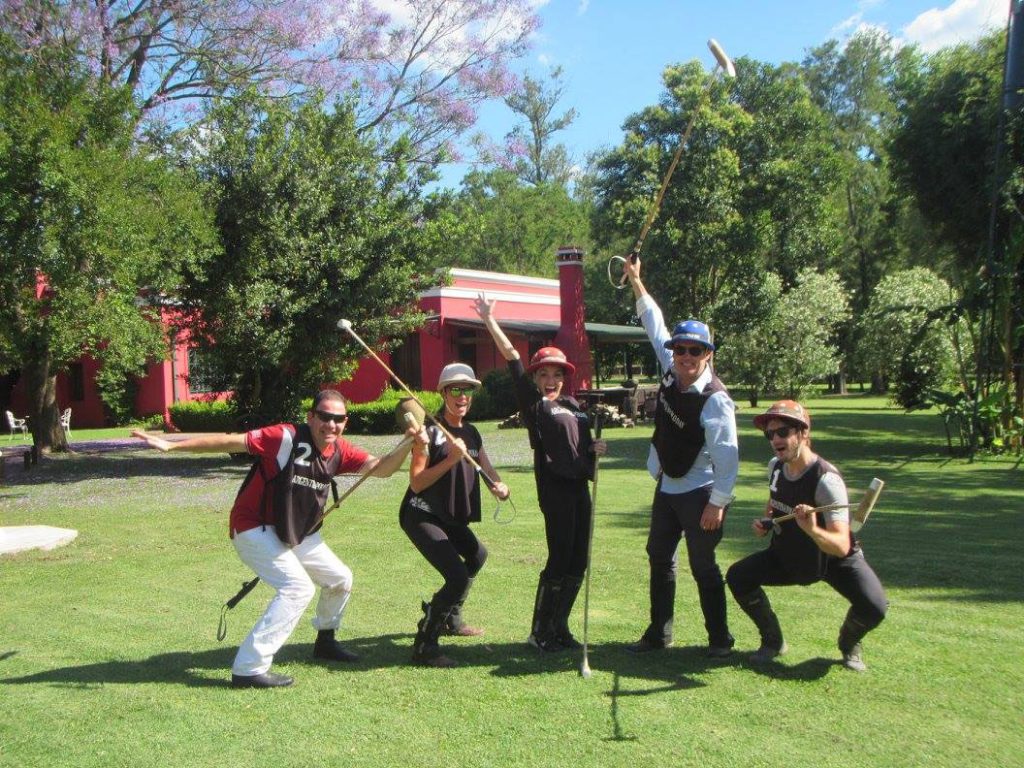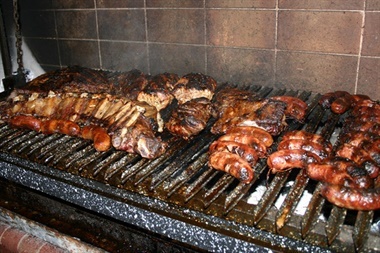[:es]There are several factors that influence the construction of a polo field. First, you must decide where the field will be located. Any soil that allows proper lawn growth is appropriate..
although it should be noted that it does not have debris, rocks, stones, or buried obstacles that could affect horses or machinery.
It is highly recommended to avoid low areas or areas with little water drainage.
Also, the soil level must be treated and excavated to facilitate drainage. The priority when practising polo is a surface as uniform as possible, where the ball rotates smoothly, allowing finer handling, even more in the hands of the skilled with the cue.
The sun is an important factor because, depending on where it is, it can affect the player during the game. It is recommended that the courts have a north/south location so that the sun passes over the court avoiding that the riders have the sun-facing them when they go to the opposite area.
Grass varieties also depend on location conditions and the amount of sand the field needs. The sand makes the grass grow better and improves the drainage and smoothness of the crop, making a good grip for the horse. To achieve the best lawn, an integral decompression is carried out that allows an adequate development of the roots.
Since 2008 Palermo has had a different turf as it replaced the historic turf with the modern Tifton.
Thinking of having the field ready as soon as possible after a rain, the drainage systems are carefully evaluated, looking for the best project within the general hydraulic system of the place, with a triple slope that can be uniform or gradual.
The use load and how each court responds depends a lot on the quality of the construction, the type of grass used and the level of maintenance.
The permitted levels of use will depend very much on the quality of the lawn and it is essential to recognize that a load of use will increase maintenance demands and reduce the quality of the playing surface.
Therefore, there must be schedules. All maintenance must be planned in advance. The court must be completely ready for play with a cut and other manoeuvres completed three hours before use.
After the games, it is important to start the recovery work for the next event which includes well recovery and breakage to watering and adding sand.
Polo courts have a life of their own, you have to take care of the game after game so that they support them in the best possible way and provide a show.[:en]First, you must decide where the field will be located. Any soil that allows proper lawn growth is appropriate, although it should be noted that it does not have debris, rocks, stones, or buried obstacles that could affect horses or machinery.
It is highly recommended to avoid low areas or areas with little water drainage.
Also, the soil level must be treated and excavated to facilitate drainage. The priority when practising polo is a surface as uniform as possible, where the ball rotates smoothly, allowing finer handling, even more in the hands of the skilled with the cue.
The sun is an important factor because, depending on where it is, it can affect the player during the game. It is recommended that the courts have a north/south location so that the sun passes over the court avoiding that the riders have the sun-facing them when they go to the opposite area.
Grass varieties also depend on location conditions and the amount of sand the field needs. The sand makes the grass grow better and improves the drainage and smoothness of the crop, making a good grip for the horse. To achieve the best lawn, an integral decompression is carried out that allows an adequate development of the roots.
Since 2008 Palermo has had a different turf as it replaced the historic turf with the modern Tifton.
Thinking of having the field ready as soon as possible after a rain, the drainage systems are carefully evaluated, looking for the best project within the general hydraulic system of the place, with a triple slope that can be uniform or gradual.
The use load and how each court responds depends a lot on the quality of the construction, the type of grass used and the level of maintenance.
The permitted levels of use will depend very much on the quality of the lawn and it is essential to recognize that a load of use will increase maintenance demands and reduce the quality of the playing surface.
Therefore, there must be schedules. All maintenance must be planned in advance. The court must be completely ready for play with a cut and other manoeuvres completed three hours before use.
After the games, it is important to start the recovery work for the next event which includes well recovery and breakage to watering and adding sand.
Polo courts have a life of their own, you have to take care of the game after game so that they support them in the best possible way and provide a show.[:]





